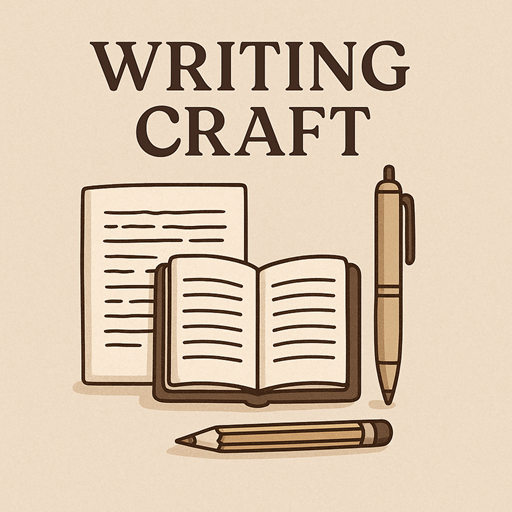There are plenty of writing systems out there — templates, beat sheets, plotting methods. Most offer guidance on how to write a story that “works.” But few get underneath the surface of storytelling the way Shawn Coyne does with his Story Grid methodology.
Coyne, a veteran editor with decades of experience in publishing, developed Story Grid as a way to better diagnose why stories succeed or fail. Over his years in the industry, he realized something crucial: even technically well-written stories often fall apart because they lack deeper structural coherence. Story Grid isn’t just about plot points — it’s about understanding the forces that drive story: need, change, life and death stakes, human connection, values at war.
In that way, Story Grid operates almost like the metaphysics of storytelling. It gives you a map of the invisible terrain underneath narrative — the energies, the changes, the demands of genre — so you can navigate any story you’re trying to tell.
Who is Shawn Coyne?
Shawn Coyne spent 25+ years editing fiction and nonfiction for major publishing houses before developing Story Grid. After seeing brilliant books fail and clumsy ones succeed based on structural dynamics the authors didn’t even understand, he became obsessed with codifying storytelling principles. Story Grid started as a tool he built for himself — a giant spreadsheet tracking how masterworks like “The Silence of the Lambs” operated moment by moment.
Eventually, Coyne realized he could teach these principles to others. In doing so, he wasn’t just handing writers formulas. He was giving them something much more powerful: decision-making tools.
What Story Grid Gives You
Story Grid won’t necessarily teach you all the techniques you need — the beautiful sentences, the specific tricks for dialogue, or scene construction. Instead, it gives you the compass you need to choose which techniques fit the story you are trying to tell.
It teaches you how to think structurally about narrative:
- What promises are you making to the reader?
- What obligations must you fulfill?
- What emotional shifts must occur?
- What value changes (life vs death, love vs hate, ignorance vs wisdom) must happen to make a story resonate?
Two tools in particular from Coyne have been especially transformative for me:
1. The Single Audience Member
Coyne advises writers to pick a Single Audience Member — one ideal reader — and write the story directly for them. Not for a vague market. Not for “everyone.” For one specific soul you want to move. This instantly focuses your creative decisions: tone, depth, pacing, genre expectations. If you’re ever stuck, you can ask: “What would this story need to do to move my Single Audience Member?”
It’s deceptively simple but incredibly powerful. It brings humanity and clarity back to a process that can easily become mechanical or self-conscious.
2. The Five Commandments of Storytelling
Another indispensable tool: the Five Commandments of Storytelling — Inciting Incident, Progressive Complications, Crisis, Climax, and Resolution.
Every scene, every act, and the story as a whole, Coyne argues, should have these fundamental movements. They’re not rigid rules. They’re about energy: building momentum, forcing choices, and creating meaning. They offer a universal pattern that transcends genre.
Instead of wondering “what should happen next?” you can ask:
- “What value shift needs to occur?”
- “What escalation in stakes is necessary?”
- “What irreversible choice must the protagonist face?”
It reframes storytelling into a series of meaningful decisions, not random events.
Final Thoughts
There are many ways to approach writing a story. But what Shawn Coyne and Story Grid offer is a way to think about storytelling — a way rooted in the primal forces that drive human beings to care about stories in the first place. It’s not a paint-by-numbers kit. It’s a compass. It helps you choose your own creative path — and walk it well.


